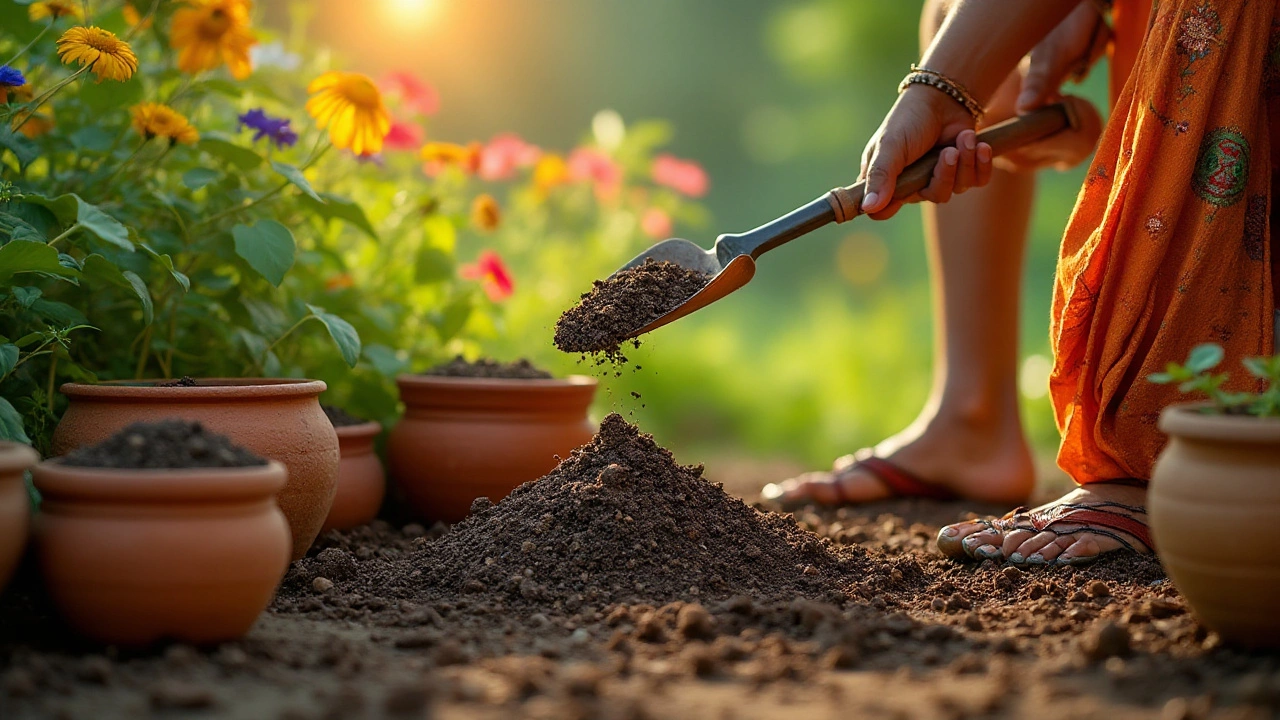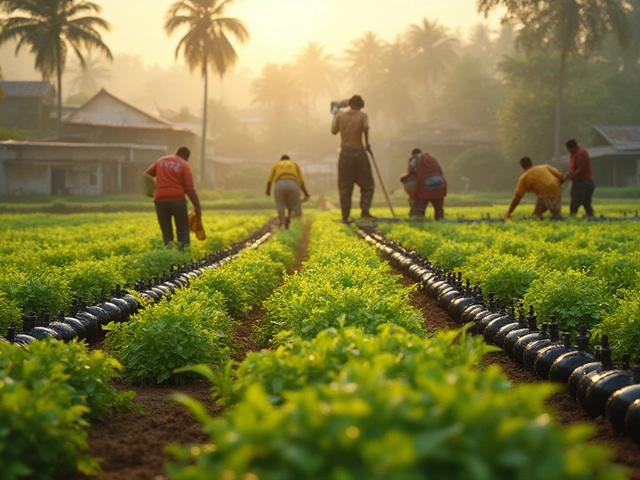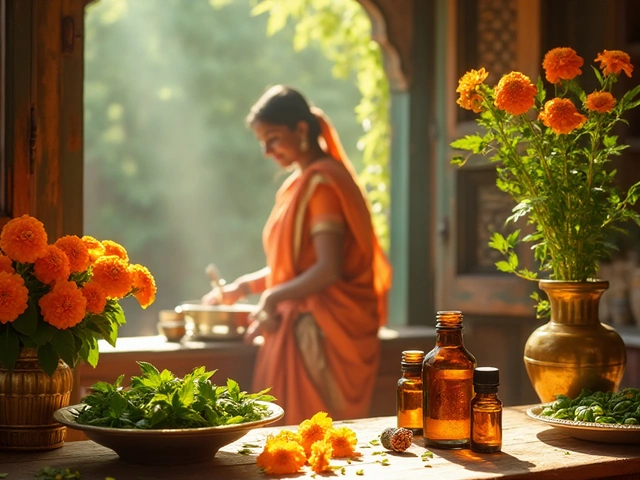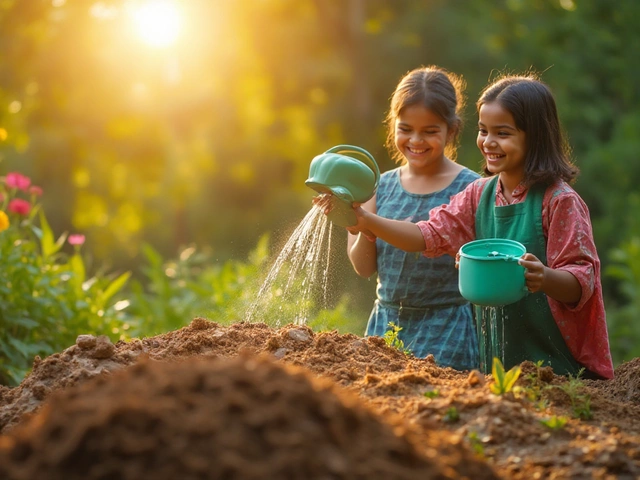No‑Till Gardening: Simple Steps for Better Soil and Bigger Harvests
Ever thought about skipping the spade and still getting a thriving garden? That’s what no‑till gardening is all about. You leave the soil mostly undisturbed, protect its structure, and let nature do the heavy lifting. In India’s diverse climates, this method can save water, reduce weeds, and keep your garden lively year after year.
Why Go No‑Till?
When you dig, you break up soil microbes that help plants absorb nutrients. No‑till keeps those tiny helpers safe, so roots grow stronger. Less digging also means fewer weeds, because many weed seeds stay buried deeper where they can’t sprout. For Indian gardeners, the water savings are a big win – undisturbed soil holds moisture longer, which is perfect for dry regions.
Another perk is less labor. Forget spending hours turning the earth every season; you can spend that time planting or relaxing. And if you’re already using drip irrigation, no‑till makes it even more efficient because water can travel through stable soil layers without getting lost.
Simple No‑Till Steps for Your Garden
1. Start with a cover crop. Plant legumes, mustard, or sorghum in the off‑season. These plants protect the soil, add organic matter, and fix nitrogen. When they’re ready, cut them down and let the residue sit on the surface.
2. Add a thin layer of mulch. Straw, dry leaves, or shredded coconut husk work great. Mulch blocks sunlight, so weeds stay down, and it slowly breaks down into rich compost.
3. Use a broadfork or garden fork gently. If you must break up compacted spots, do it shallowly and only where needed. The goal is to avoid deep turns that disturb the soil profile.
4. Install drip lines or soaker hoses. Place them just above the mulch layer. Water drips directly to the root zone, meaning less evaporation and healthier plants.
5. Rotate crops wisely. Keep nitrogen‑fixing plants in one spot for a season, then move them. This balances nutrients and prevents disease buildup.
For small balconies or containers, the same ideas apply. Use a breathable potting mix, cover the top with a layer of pebbles or coconut coir, and skip the shake‑up after each harvest. Even a tiny no‑till setup can reduce water use and keep plants happier.
Watch your garden for a few weeks. You’ll notice fewer weeds pushing up, soil staying moist longer, and plants growing steadier. If you want a quick win, try no‑till in one corner first. Once you see the results, expand it to the whole plot.
No‑till isn’t a magic bullet, but it’s a practical, low‑cost way to make your garden more sustainable. It fits well with other green practices like composting, rainwater harvesting, and organic pest control. Give it a try and let your soil do the hard work while you enjoy a richer harvest.

Easy Ways to Loosen Compacted Soil Without Tilling
Compacted soil can be a significant hurdle in gardening, hindering the growth and health of your plants. Fortunately, there are effective methods to address this issue without resorting to tilling. This article explores the causes behind soil compaction and presents practical tools and techniques to rejuvenate your garden soil. You'll discover how organic matter, mulch, and strategic planting can promote healthy soil structure. Learn about the benefits of these practices to create a thriving garden environment.
About
Garden Tools
Latest Posts


Natural Aromas That Repel Bugs: What Scents Keep Pests Away?
By Alden Thorne Jan 31, 2025

Best Months for Flower Blooming in India: Flower Seasons & Tips
By Alden Thorne Jul 27, 2025

Victorian Terrace House: Key Features, Layout, and How to Spot One
By Alden Thorne Sep 9, 2025
